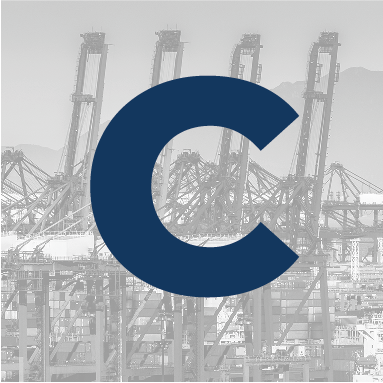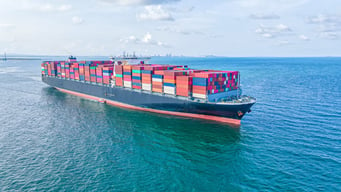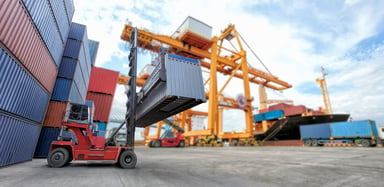.jpg?width=1920&height=1080&name=Dark-Blue-Orange-And-Yellow-Geometric-Business-Proposal-Presentation-(1).jpg)
Consignee vs consignor

Home > Freight Glossary > Consignee in Shipping

Trending
Understanding the roles of the consignee and consignor is fundamental in the logistics and shipping industry, as these terms define the key parties involved in the transportation of goods.
Consignee in shipping
The consignee is the party that receives the shipped goods. In shipping terms, the consignee is typically listed on the transportation documents, like the bill of lading, and is responsible for receiving the shipment at the destination. Their role includes confirming the receipt of the cargo, ensuring that it matches the shipping documents, and taking care of any further requirements like customs clearance. The term "consignee" is vital for logistics providers as it determines the end recipient of the freight, guiding the delivery process and ensuring legal compliance.
- Intermediate consignee: This refers to an entity that acts as a receiving intermediary, often responsible for facilitating the cargo's journey to the ultimate consignee. They play a critical role when the goods need to be routed through various checkpoints or changed transportation modes before reaching their final destination.
- Ultimate consignee: The ultimate consignee is the final recipient of the shipped goods, typically the owner or the buyer. They are the party for whom the goods are primarily intended, and they usually take possession of the cargo once it clears through customs.
What is consignment?
Consignment refers to the process of shipping goods to a consignee who agrees to sell or manage the goods on behalf of the consignor. The consignor retains ownership of the items until they are sold. In this arrangement, the consignee may pay the consignor for the goods after they are sold or return the unsold goods without any payment.
Consignor/Consignee relationship
The relationship between the consignor and consignee is pivotal in the logistics and supply chain management. The consignor must ensure that the goods are correctly packed, documented, and shipped according to the consignee's requirements and the legal regulations governing transport. Meanwhile, the consignee must accurately receive, inspect, and, if applicable, complete the necessary customs and importation processes. Clear communication and adherence to agreed terms are crucial to avoid disputes and ensure a smooth transaction.
Bill of lading consignee
This term refers to the consignee named in the bill of lading and is the legally recognized recipient of the freight. The bill of lading serves as a key document in the shipping process, outlining the consignee's rights to claim the goods upon arrival.
Consignee information
Essential for the carrier and customs, it includes the consignee's name, address, and contact details, ensuring the accurate and secure delivery of shipments.
Contact

Ocean Freight

Road Freight








